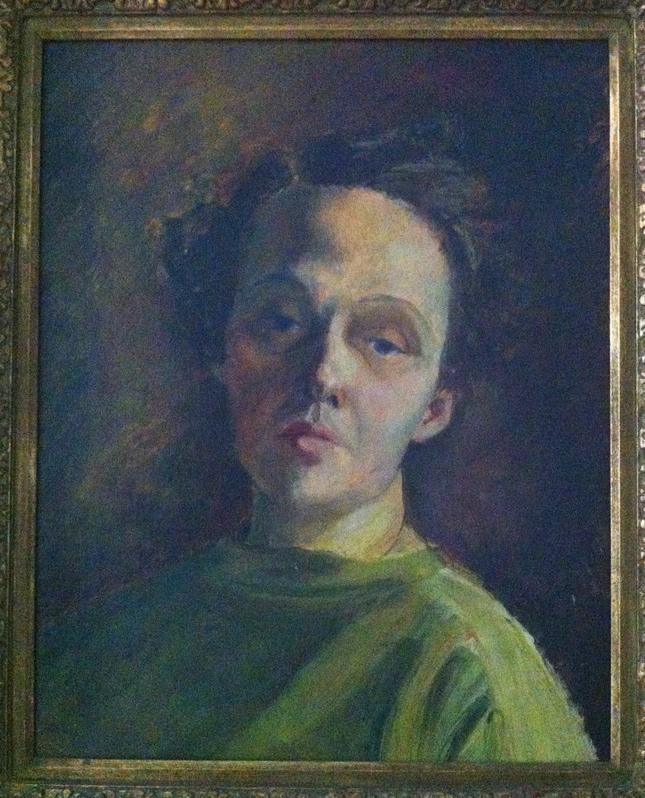The Georgetowner’s 58th Anniversary
By • October 5, 2012 0 1236

I wrote my first story—at the request of then publisher David Roffman—for the Georgetowner in 1980, a kind of long (what else is new), discursive piece on Ted Kennedy’s run for the presidency, a train wreck of monumental proportions, right up until the moment at the 1980 Democratic National Convention when the senator redeemed himself with a stirring speech that laid out his liberal principles like the party’s gift to the nation.
That means some 32 years have passed, and here I am, still writing, and here we are, in the middle of a particularly disheartening presidential campaign, where principles are as hard to find as a Republican moderate who admits to being one.
A lot has changed in the landscape and streetscape, the nightlife-scape, the business-scape of Georgetown, which remains what this publication is about. Needless to say, I have changed—ask my doctor or anybody who hasn’t seen me in a while. On occasions like these—anniversaries and the remembrance that goes with them—we tend to forget or note what’s going on in front of us. I don’t spend as much time in Georgetown as I might and like, but the differences are notable from my own observations, and from those that appear in our publication.
We talk a lot in Georgetown who was who which tends to identify the village—it’s a historic district after all, and maybe that fact alone, which makes it very difficult to dramatically change the physical look of homes and buildings and tends to make people talk a little too reverentially about his place. Let’s face it: yes, the young senator Kennedy (John Fitzgerald) lived here for a time, but he had not yet made the connection to Camelot, and the Georgetown University is a lodestone of history and training ground for diplomats and government leaders, and yes, it’s expensive to live here, in terms of real estate and a host of other things. Yes, Georgetown is a special place, it’s famous, historic, grand with some grandees who live or have lived here, but it hardly bears the stamp of elitism, as some people would still have it.
In fact, when I went to one of the CAG sponsored summer concerts at Volta Park this year, I was energized by the buzz there, the squeals of children, the bustle of young families, dogs running around, kids chasing kids, parents keeping a wary eye on them. I noticed the presence of new village leaders in the ranks of the Citizen Association, the realtors and merchants on site, people I did not know personally, but people full of enthusiasm. Gone, it seems are the rancorous old days of pitched cultural and political battles among CAG and ANC factions, and relations between commerce and residential interests seem good, although town and gown, not as much as one might like. All of this will change immediately when the Hoyas once again return to the NCAA basketball finals, as they did in the 1980s with John Thompson and Patrick Ewing.
The past is a great place to live in—the whole city is pockmarked with landmarks and statues and monuments and notes about where Abraham Lincoln walked, George Washington slept or had a beer on his way, where so and so fought duels and everyone remembers the face of Robert Frost at JFK’s inauguration. Every neighborhood in Washington has its share of historic places and moments and Georgetown has more than its share than most. In my neighborhood at Lanier Heights, long-time neighbors tell tales of the FBI running across rooftops chasing members of the SDS in the halcyon 1960s. So it goes.
Georgetown is a great place to live if you like to breathe in history deeply, if you have some means, if you appreciate the unique nature of the place. These days, it’s full of entrepreneurs and technology leaders. Mansions change hands, while history makers remain with us as ghosts or occupants of the rarefied grounds of Oak Hill Cemetery.
Our publication, which has changed hands only twice under three publishers is to me and those of us who, to put into the words of Captain Jean Luc Picard, make it so, like a tall chair, a vantage point where we watch, comment, write about, and document the village and city parades as they go by. The emphasis changes or becomes enlarged, but never diminished—the parade as always has presidents, neighbors, musicians, cultural mavens, grand dames, and plain dames, people who engineered startups with a little help and a lot of imagination. In Georgetown, you can see what small businesses are: they make things like fine clothes, leather jackets, cupcakes and pies, they sell things and they let you sit down for breakfast or dinner in a place they filled with their personalities, which is why we remember them. They are also: publishers and writers, editors, and the people who answer the phone and give you information or call you to twist your arm for advertisements. That would be us, since 1954, and we change, too but remain at your service.
In addition to our biweekly print publication, the Georgetowner has published an email newsletter every Monday and Thursday for almost two years. The newsletter has been a great source for up-to-date news and views on life in Georgetown and beyond. Sign up for the newsletter at www.georgetowner.com.

